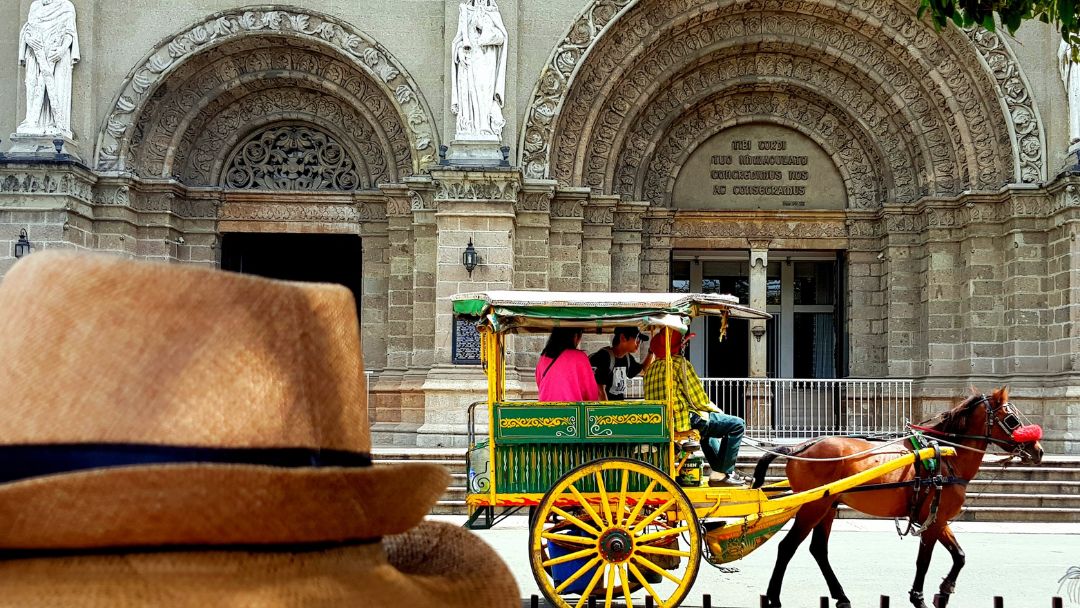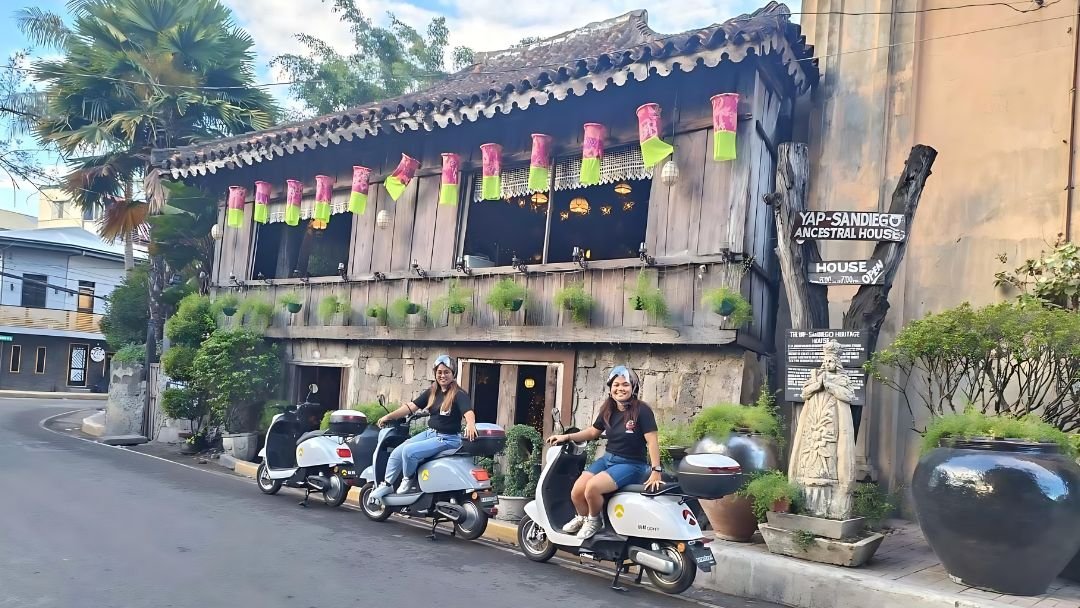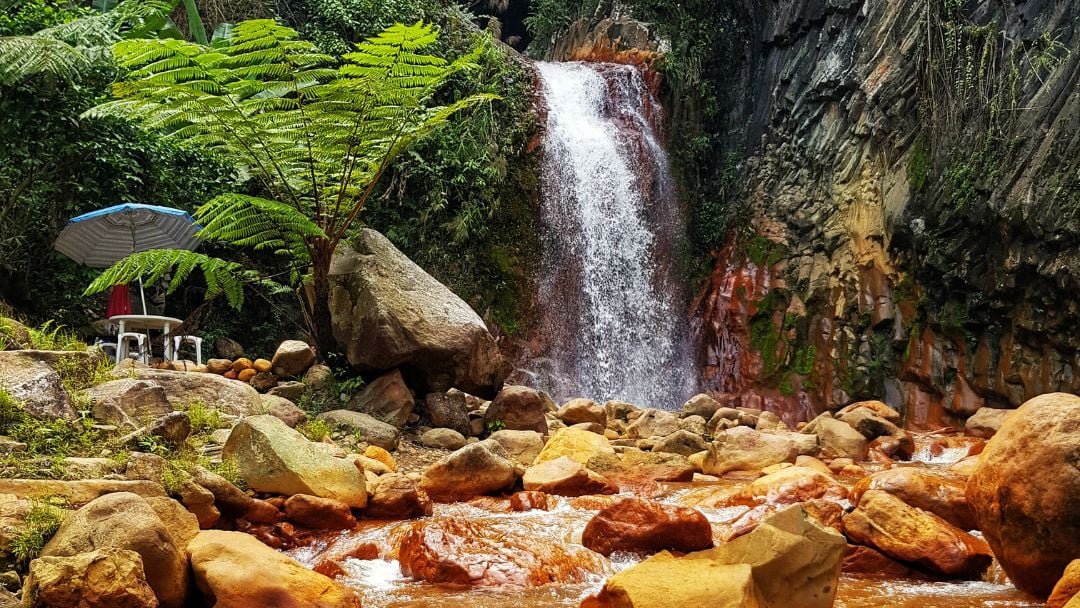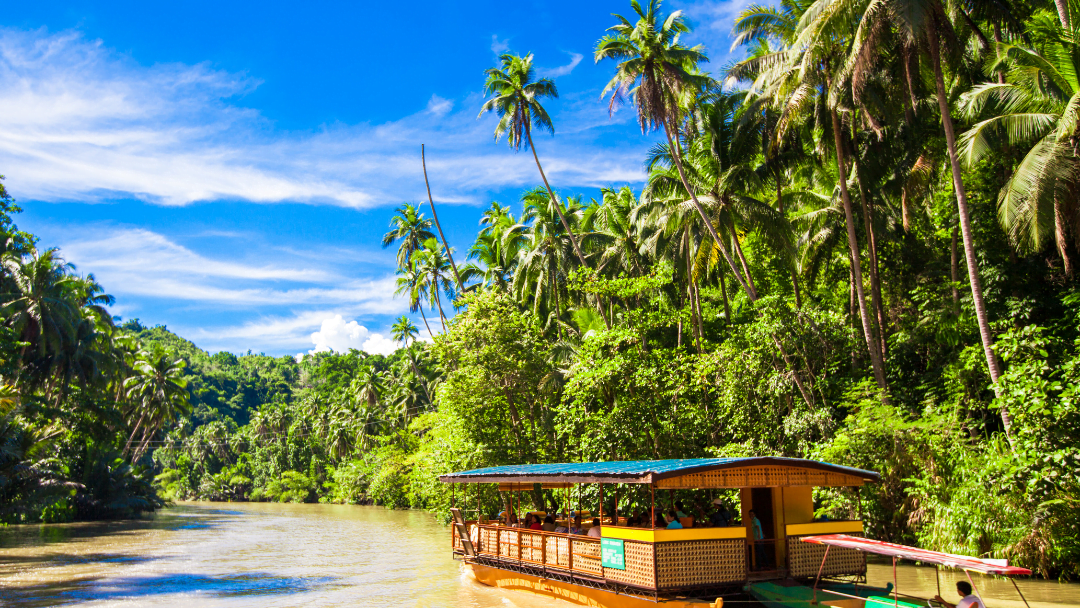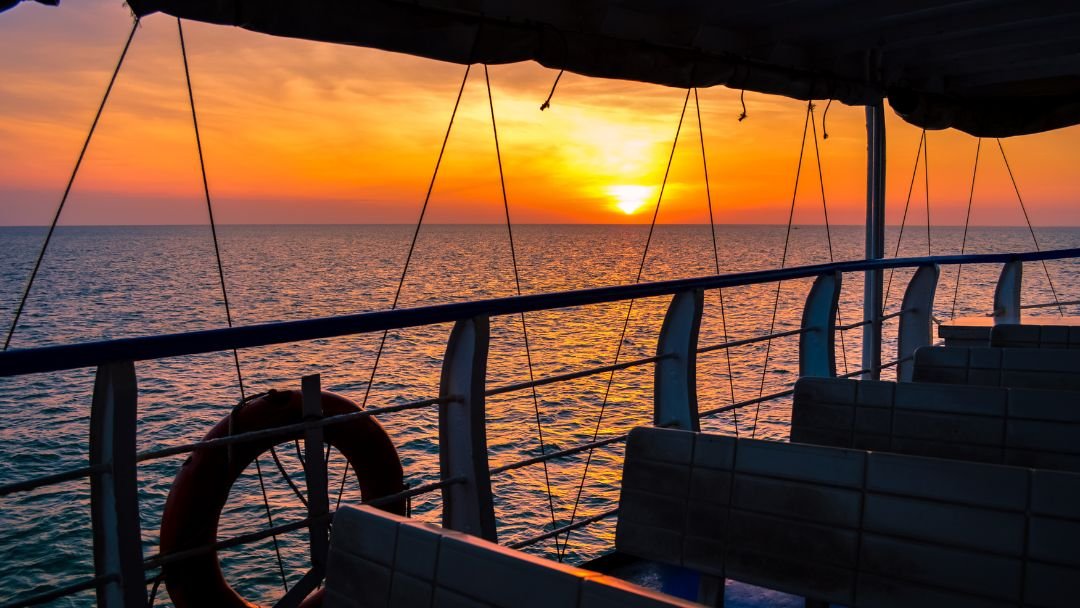Introduction
Welcome to the Philippines, a land of rich history and vibrant culture! In this article, we will take you on a journey through time, exploring some of the most captivating historical sites and landmarks that grace this beautiful archipelago. From ancient ruins to colonial-era structures, the Philippines offers a treasure trove of historical wonders that are sure to fascinate any history enthusiast.
1. Intramuros: The Walled City of Manila
Our journey begins in the heart of Manila, the capital city of the Philippines, where we step back in time to the Spanish colonial era with a visit to Intramuros. Enclosed within massive stone walls, Intramuros was the center of Spanish political, military, and religious power during their reign. As you walk through its cobbled streets, you’ll encounter well-preserved landmarks like Fort Santiago, Manila Cathedral, and San Agustin Church, which have witnessed centuries of Philippine history.
2. Banaue Rice Terraces: Ancient Agricultural Marvels
Moving away from the urban landscape, we head north to the stunning province of Ifugao to witness the breathtaking Banaue Rice Terraces. Carved into the mountains by the indigenous people over 2,000 years ago, these terraces are a testament to ancient agricultural engineering. Often referred to as the “Eighth Wonder of the World,” their lush green beauty and intricate design are a reminder of the ingenuity of the pre-colonial Filipinos.
3. Chocolate Hills: Nature’s Geological Masterpiece
Our next stop takes us to the enchanting island of Bohol, home to the famous Chocolate Hills. Over 1,000 cone-shaped hills spread across the landscape, resembling mounds of chocolate during the dry season. These geological wonders have become a symbol of the province and are steeped in local legends, adding a touch of mystique to their already awe-inspiring presence.
4. Taal Volcano: An Island within a Lake within an Island
Venturing south to Batangas, we find the remarkable Taal Volcano, one of the world’s smallest active volcanoes and a geographical wonder. It rests within Taal Lake, which, in turn, lies within the larger Luzon Island. The vista of this unique natural formation is simply breathtaking, making it a must-visit site for nature and geography enthusiasts.
5. Magellan’s Cross: A Glimpse of Colonial Past
Back in Cebu City, we encounter Magellan’s Cross, a symbol of the Philippines’ conversion to Christianity during the Spanish era. Planted by the Portuguese explorer Ferdinand Magellan in 1521, this iconic cross is housed inside a chapel near the Basilica Minore del Santo Niño. It serves as a significant historical and religious landmark, drawing visitors from all walks of life.
6. Paoay Church: A Fusion of Architectural Styles
Our journey takes us to the picturesque province of Ilocos Norte, where the stunning Paoay Church awaits. Also known as St. Augustine Church, this UNESCO World Heritage Site is a testament to the Filipino’s adaptation of Baroque architecture, blending it seamlessly with local materials and techniques. The church’s massive coral stone buttresses are an impressive feat of engineering, making it a marvel of historical and architectural significance.
7. Fort San Pedro: The Oldest Fort in the Philippines
As we make our way to Cebu, we find Fort San Pedro, the oldest and smallest fort in the Philippines. Originally built by the Spanish conquistadors in the 16th century, it served as a military defense structure. Today, it stands as a well-preserved reminder of the country’s colonial past, offering visitors a glimpse into the strategic importance it held during those times.
8. Rizal Park: Honoring the Philippines’ National Hero
Returning to Manila, we pay tribute to the Philippines’ national hero, Dr. Jose Rizal, at Rizal Park. This vast urban park houses his monument, a solemn reminder of his significant role in the country’s struggle for independence from Spanish rule. The park is not only a historical site but also a beloved recreational space for locals and tourists alike.
9. Casa Gorordo Museum: A Peek into the Past
Located in Cebu City, Casa Gorordo Museum offers a fascinating glimpse into the lifestyle of a 19th-century Filipino elite family. The well-preserved house, built in the mid-1800s, showcases a blend of Spanish-colonial architecture and traditional Filipino design. Exploring its rooms, gardens, and exhibits provides a vivid understanding of the country’s colonial past.
10. Corregidor Island: A Witness to War
As we delve deeper into the historical landscape, Corregidor Island emerges as a poignant reminder of World War II’s impact on the Philippines. This tadpole-shaped island served as a significant battleground during the war, and its ruins and military installations stand as a testament to the courage and resilience of the Filipino people.
Conclusion
Embarking on a journey through time across the Philippines reveals the remarkable stories behind its historical sites and landmarks. From the Spanish colonial era to pre-colonial marvels, each location holds a unique significance that shapes the country’s cultural tapestry. Exploring these sites not only offers an educational experience but also instills a profound appreciation for the Philippines’ rich and diverse history.
Is photography allowed inside Intramuros' historical buildings?
Yes, photography is generally allowed inside the historical buildings of Intramuros, but it’s best to check for any specific guidelines at each site.
Are there any accommodations near the historical sites?
Yes, most of the popular historical sites have nearby accommodations, ranging from luxury hotels to budget-friendly options, ensuring a comfortable stay for tourists.
Are the Banaue Rice Terraces still actively farmed?
Yes, the Banaue Rice Terraces are still cultivated by local farmers who continue the traditional agricultural practices of their ancestors.
